This post was originally published on September 29, 2022.
Electric Vehicle Policy in India The idea of electric vehicles (electric cars) seems to have finally spread to India. As the number of electric vehicles on Indian roads began to increase, the government and industry sent Electric vehicle policy in India.
Electric Vehicle Policy
The number of electric vehicles on the road is also steadily increasing. Between 2019 and 2020, there were 155,400 electric vehicles on the road, an increase of about 20% compared to the same period last year.
India’s hybrid and electric vehicles (FAME) provide subsidies for the production and charging infrastructure of electric vehicles, which is a welcome increase. The second phase of the plan will cost 10 billion rupees by the end of this year to increase the demand for electric vehicles.
The budget announcement of the tax subsidy for electric vehicle loans is once again aimed at promoting new forms of cars. In general, given the country’s high fuel prices, people have renewed interest in owning electric vehicles in public places, which makes most of the Turn’s products more and more expensive.
Lead to overall inflation in the country. A recent study found that 66% of respondents are willing to use electricity, and 53% of them are keen to buy electric cars. So to keep up the pace of electric vehicles the government is up with an Electric vehicle policy in India, which is already in practice.
Electric Vehicle Regulations India
In order to make room for electric vehicles, the Indian government issued a new policy to the Central Automobile Regulations earlier this week to prevent redundant spare tires. It is now used to install a larger battery, otherwise, the spare tire will take up a larger battery.
The new changes may result in electric vehicles with longer mileage and eliminate the mileage problem in the equation, which is one of the concerns of most people who are Indian consumers.
The Ministry of Industrial Development and Domestic Trade (DOIIT), which is responsible for India’s recent Free Trade Agreement (FTA), has proposed free trade and mining agreements with resource-rich countries in Latin America and Africa (especially lithium and cobalt).
Products used to make batteries account for about 40% of the cost of electric vehicles. Due to these strategic trade agreements, car prices are expected to drop in the near future, leading to a surge in electric vehicles in the country.
To this end, the country seeks to study free trade agreements with countries that support India’s Atmanirbhar Bharat mission and provide raw materials, key components, and equipment needed to support local manufacturing.
According to the latest report “Electric Mobility 2.0: A New Wave in India” by the global management company Kearney, vehicles such as buses and commercial vehicles are expected to grow at a higher rate of electrification.
The report stated that by 2030, the introduction of electric vehicles with the right infrastructure and business model will account for 25-30% of new sales in all market segments.
In another Avendus report “Electric Vehicles: Charging for a Better Future”, by 2025, electric vehicles may represent an opportunity of INR 5,000 billion in India.
The report shows that the growth of the penetration rate of electric vehicles in India in the next ten years will depend on India’s position in the supply chain. Policies, charging infrastructure, and battery costs.

India Electric Vehicle Policy 2030
The Delhi government recently announced the electric vehicle (EV) policy for 2020, which will pay maximum attention to the use of electric vehicles (electric vehicles) instead of private four-wheelers to replace two-wheelers, public transportation, public vehicles, and trucks.
Features
- The aim is to replace existing rickshaws and government buses with electric vehicles and electric buses and to ensure that the city’s delivery services are based on electric vehicles.
- He talked about increasing the road tax for petrol cars at least in the luxury car sector and exempting the entry fee for electric cars in certain areas of the city.
- Encourage people to choose those who want to switch, and allow them to switch from old fuel-powered vehicles when buying new electric vehicles, thereby further reducing costs.
- The government will also provide low-interest loans to those interested in purchasing commercial electric vehicles.
- The policy also provides subsidies and exemption from road taxes and registration fees for electric vehicles purchased in the capital.
- Currently, the vehicle tax is 4% to 10% of the vehicle value, and the registration fee is up to 3,000 rupees.
In addition, when each electric car buys a battery, a subsidy of 5,000 rupees per kilowatt-hour can be obtained, up to 30,000 rupees. - The first 1,000 electric vehicles or electric four-wheel-drive vehicles receive a subsidy of 10,000 rupees per kilowatt-hour, but the subsidy per vehicle does not exceed 1,500,000 rupees.
- These subsidies will be added to the subsidies provided by the coalition government under its second phase of the FAME India plan, which provides similar incentives, especially in the purchase of electric two-wheelers and heavy electric passenger vehicles and commercial vehicles.
- A National Fund for Electric Vehicles was established to cover all costs of the electric vehicle policy. The State Council for Electric Vehicles will be established to effectively implement policies and fund management. In addition, special batteries for electric vehicles are being created.
The Government has set a target of EV making up 30% of new sales of cars and two-wheelers by 2030.
Initiatives such as the National Electric Vehicle Mobility Plan (NEMMP) and the accelerated implementation and production of India (hybrid and) electric vehicles (FAME India) have been launched to create a sustainable electric vehicle ecosystem.
Fuel safety is achieved by promoting hybrid and electric vehicles in the country. Our ambitious goal is to achieve annual sales of 6-7 million electric and hybrid vehicles by 2020. FAME India was launched in 2015 to support the development of the hybrid/electricity market and manufacturing ecosystem.
The plan has four main areas: technology development, demand creation, pilot projects, and fee-based infrastructure.
Organizations such as the Bureau of Standards of India (BIZ), the Ministry of Heavy Industry, and the Indian Automotive Research Association have established design and manufacturing standards.
Electric vehicles, electric vehicle power supply systems (EVSE), and charging infrastructure promote the creation of in-house production of electric vehicles. Affordable, comprehensive, and safe travel solutions are important strategic levers to achieve rapid economic development and improve “comfort of life”.
Establish proper coordination among the three pillars of the electric vehicle industry; H.Urban planning, transportation, and energy will contribute to the systematic application of electric vehicles. Electric vehicles are a fast-growing emerging industry that can increase production in India.
| Homepage | EV Cars |

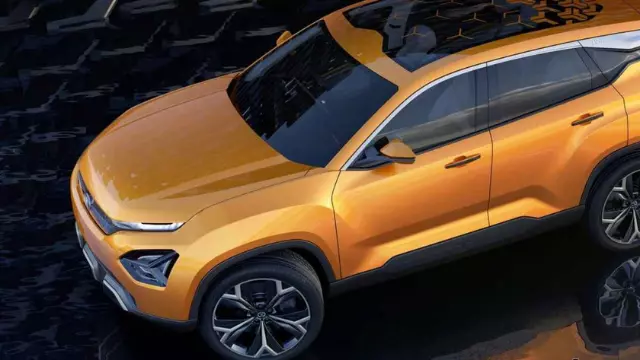
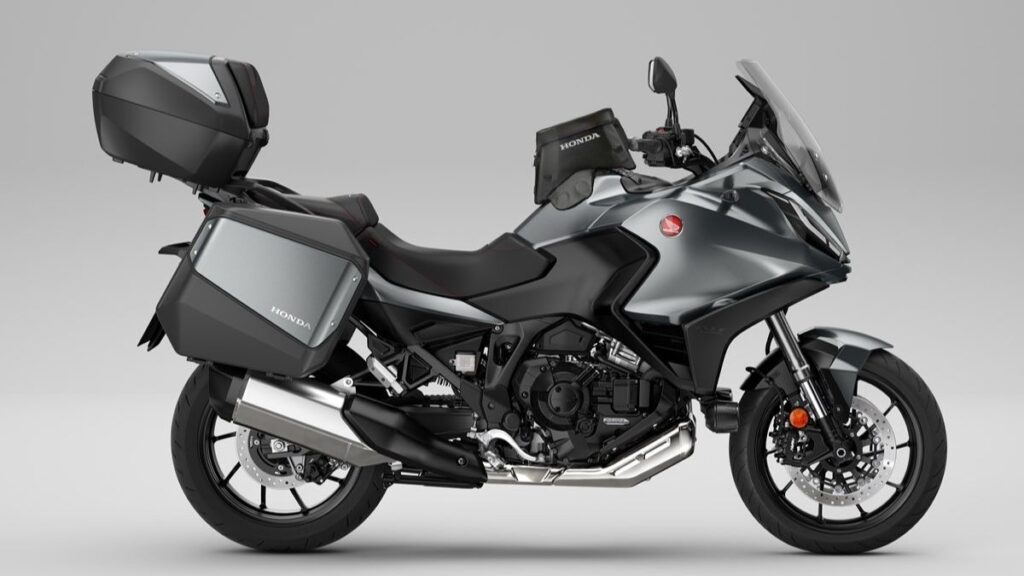
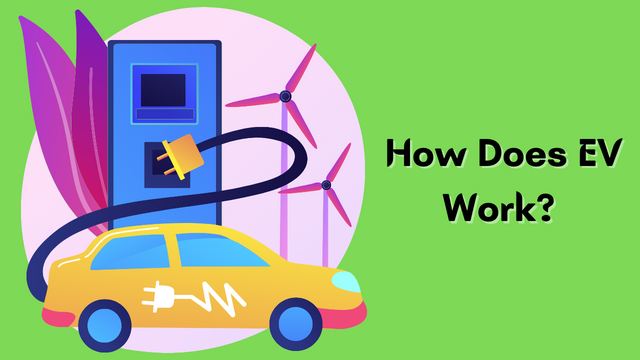

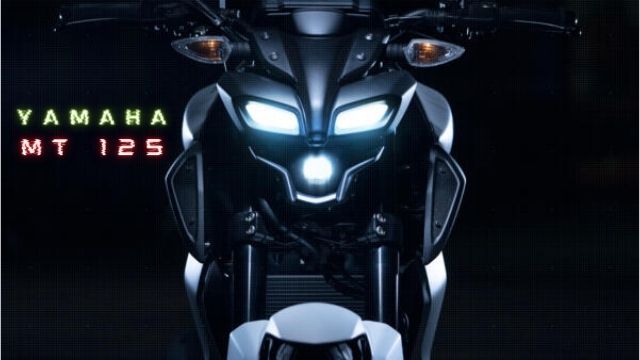

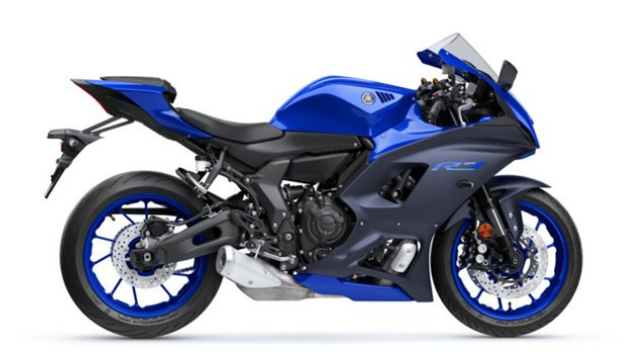
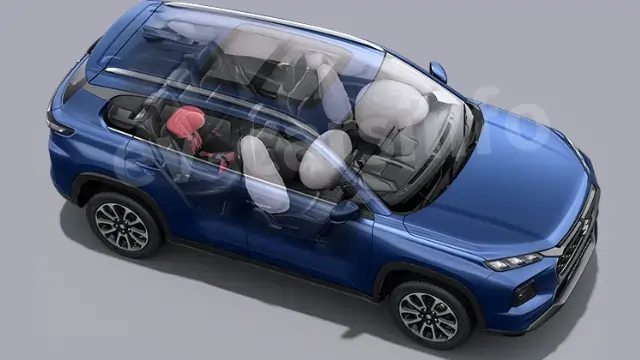
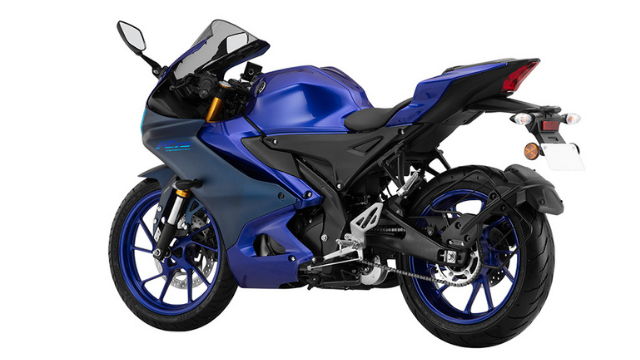
Leave a Review